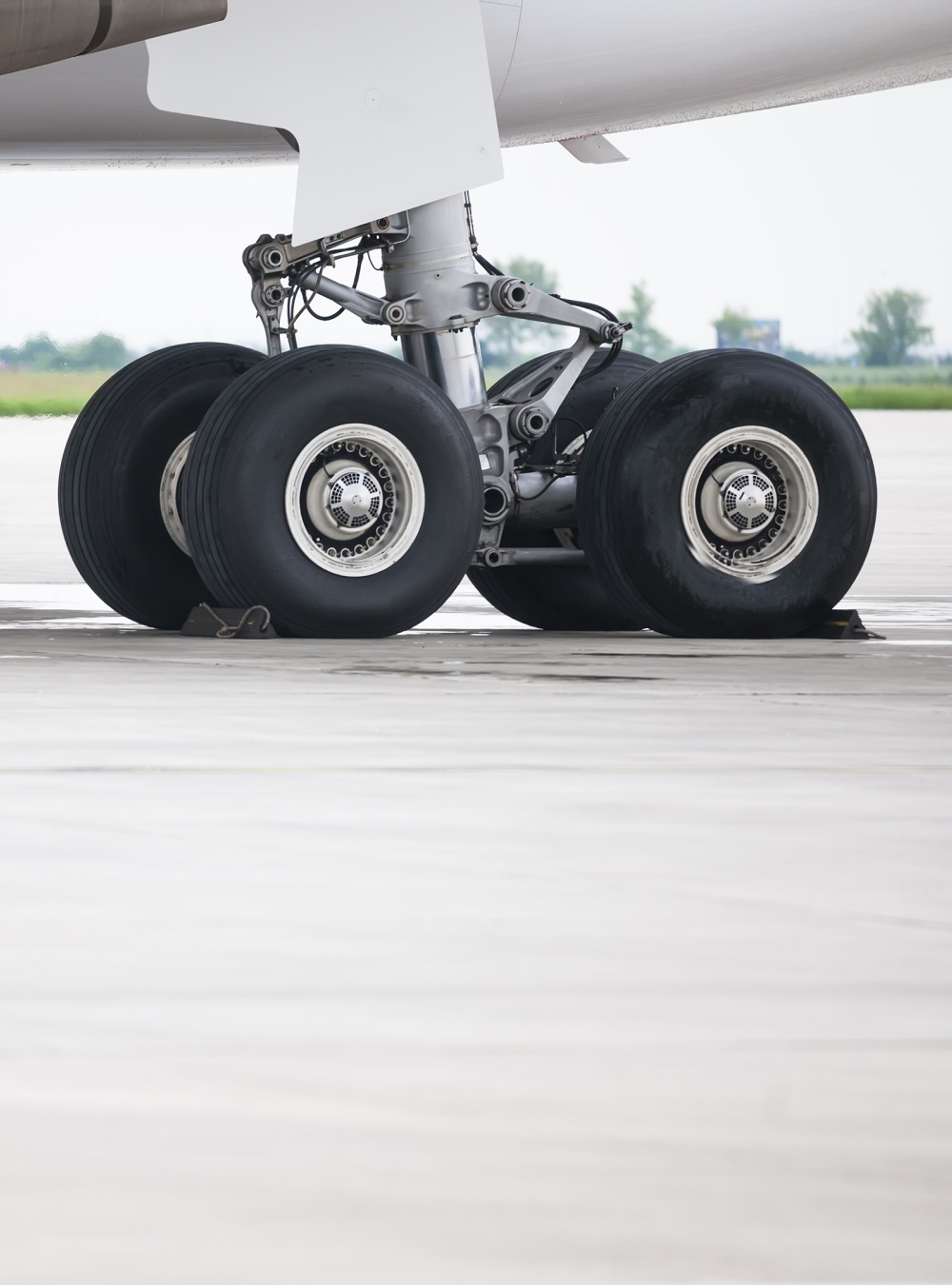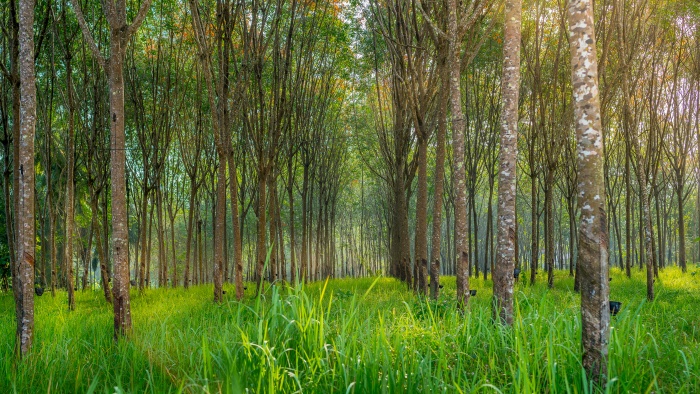
Why Natural Rubber is a Matter of National Security and Economic Stability

Publication
Is Natural Rubber the Next Critical Material to Challenge the U.S. Economy?
Natural rubber is in more than 50,000 products—from aircraft and car tires to medical equipment to stealth coating for submarines. The raw material is key to U.S. civilian and military domains and has been since the early 1900s.
But with most of the U.S. supply coming from Southeast Asia and crossing the South China Sea, access to the resource is one incident away from disruption.
"It's a fragile supply chain subject to any number of shocks, including a conflict, that could lead to difficulties for the U.S. economy," says Bradford Brown, co-author with Adam Zoellner of a recent study for the Department of Homeland Security, "Is Natural Rubber the Next Critical Material to Challenge the U.S. Economy?"
Brown and Zoellner outline the threats and propose solutions to protect the U.S. supply of natural rubber, which underpins sectors from transportation and defense to healthcare (catheters, gloves, and other vital supplies). Given its critical uses, changes to quantity and availability would have significant national security and economic implications.
At the core of their analysis is the largest importer of natural rubber and a significant influencer and investor in the global market for the material: China. The country is also the world's largest producer of tires and has many of the components necessary to produce synthetic rubber for uses where a substitute is practical. The U.S. currently lacks the materials to create a synthetic version.
But synthetic rubber isn't a cure-all. Natural rubber's unique properties such as heat resistance and durability cannot be reproduced for certain applications, including some military uses. Aircraft tires, for example, require the material's temperature threshold and toughness to withstand wear and tear during takeoff and landing.
The U.S. doesn't have a domestic source of the commodity, partly due to less-than-ideal temperatures to grow rubber trees. Ford Motor Company planted trees in Brazil in 1928 with the goal to develop its own source of rubber, but the trees succumbed to blight (a common threat). Henry Ford and Harvey Firestone then funded research by Thomas Edison to identify a national source. The attempt failed.
It’s a fragile supply chain subject to any number of shocks, including a conflict, that could lead to difficulties for the U.S. economy.
Solutions to Ensure Supply
DHS' Health, Food, and Agriculture Resilience Directorate requested that MITRE, as operator of Homeland Security Systems Engineering and Development Institute™, research the landscape and identify potential solutions to address the vulnerabilities to the U.S. supply of natural rubber.
Brown and Zoellner assessed the resource's availability in the context of: (1) its importance as a raw material relative to U.S. national security and economic health; (2) its status as a sole source material that industry and the federal government cannot substitute in many case due to its unique properties; and (3) the supply chain route through the South China Sea, where shipping lanes are increasingly contested.
"MITRE was well-positioned to take a multi-disciplinary approach to this issue," says Zoellner. "Our broad coalition of experts achieved a data-driven consensus across the trade, transportation, health, agriculture, environment, and homeland security domains."
The analysis identifies several key threats to the supply chain and offers potential components of a proactive policy, including advances in R&D and substitute sources that could help reduce risks and stabilize the U.S. supply of natural rubber. Another recommendation: create a national stockpile of natural rubber that could be drawn down in times of scarcity.
"We hope to work with government and industry on the efforts to find an alternative for at least a part of the natural rubber market," says Brown. "Taraxacum kok-saghyz, or TK dandelion, and a shrub grown in the Southwest called guayule are two options with potential."
Both alternatives are being tested for viability. If they're deemed suitable, production would need to be scaled up.
"How that happens will require some trade-offs that need to be explored and better understood," says Brown.